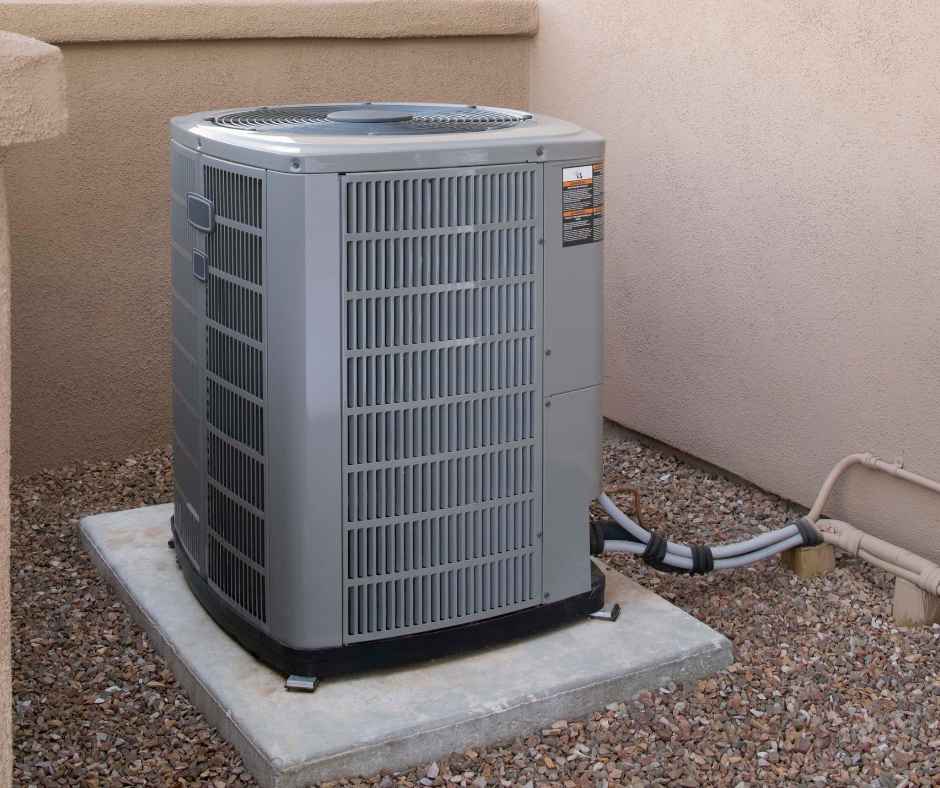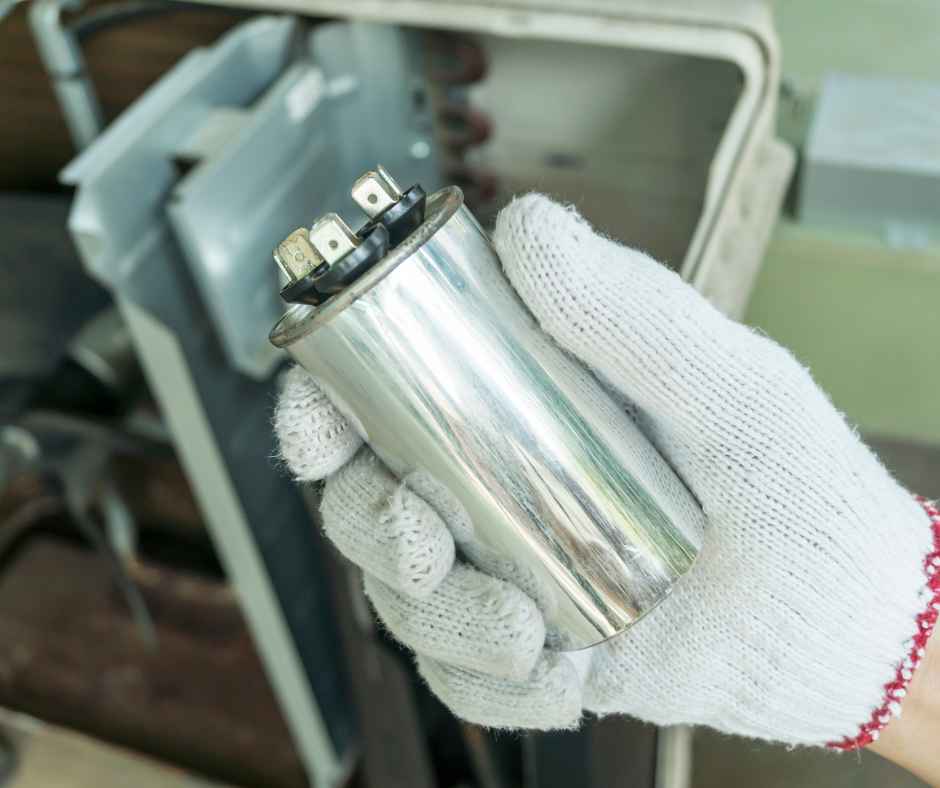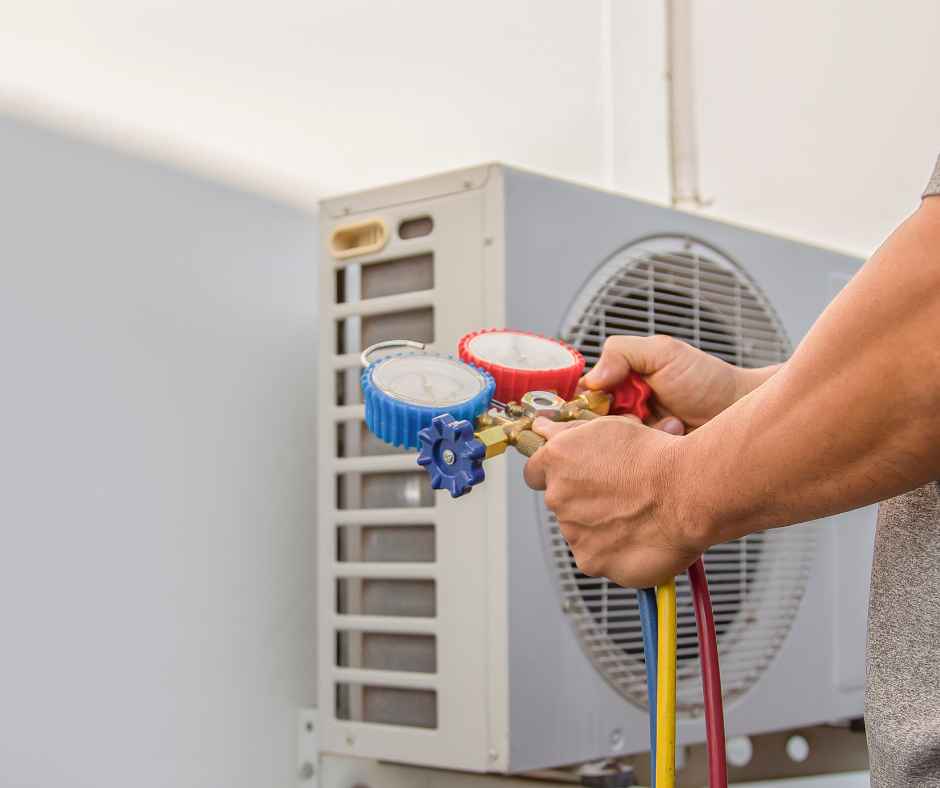
Air conditioning is a vital part of staying comfortable during the hot summer months. However, when your air conditioner starts spitting water, it can be a frustrating and confusing problem. Understanding why your AC is spitting water and how to fix it can help you maintain a cool and comfortable home. In this blog, we’ll explore the common causes of an air conditioner spitting water and provide practical solutions to address this issue.
Common Causes of an AC Spitting Water
There are several reasons why your air conditioner might be spitting water. Identifying the cause is the first step in resolving the issue and preventing further damage to your unit.
Clogged Drain Line
One of the most common reasons why an AC spits water is a clogged drain line. The drain line is responsible for carrying excess moisture from the unit to the outside. When it becomes clogged with dirt, dust, or algae, the water has nowhere to go and can back up into the unit, eventually being expelled out the front.
Dirty or Frozen Evaporator Coil
The evaporator coil is a critical component of your AC unit. It absorbs heat from the air inside your home, allowing the air conditioner to cool your space. If the coil becomes dirty or freezes over, it can cause the water to accumulate and spill out of the unit.
Improper Installation
If your air conditioner was not installed correctly, it might not be level. An unlevel unit can cause water to pool and eventually spill out the front. Proper installation ensures that water flows through the drain line as intended.
Low Refrigerant Levels
Low refrigerant levels can cause the evaporator coil to freeze. When the coil thaws, the excess water may not drain properly, leading to water being spit out of the unit.
Damaged or Disconnected Drain Pan
The drain pan catches the condensation from the evaporator coil. If the drain pan is damaged or disconnected, it can cause water to leak out of the unit.
How to Fix an Air Conditioner Spitting Water
Once you’ve identified the cause of your AC spitting water, you can take steps to fix the problem. Here are some practical solutions to address the most common issues:
Clear the Clogged Drain Line
To clear a clogged drain line, you can use a wet/dry vacuum to remove the blockage. Attach the vacuum to the drain line’s end and create a seal to suck out the debris. Regular maintenance and cleaning of the drain line can prevent future clogs.
Clean the Evaporator Coil
A dirty evaporator coil can be cleaned with a soft brush or a coil cleaner. Turn off the AC unit and remove any dust or debris from the coil. If the coil is frozen, turn off the unit and let it thaw completely before cleaning.
Check the Installation
If you suspect improper installation, check if the unit is level. Use a carpenter’s level to ensure that the unit is even. If it’s not, adjust the unit or call a professional to correct the installation.
Recharge the Refrigerant
Low refrigerant levels require professional attention. Contact a licensed HVAC technician to check the refrigerant levels and recharge the system if necessary.
Inspect the Drain Pan
Examine the drain pan for any signs of damage or disconnection. If the drain pan is cracked or broken, it should be replaced. Ensure the drain pan is securely connected to prevent leaks.
Preventative Maintenance
Regular maintenance is key to preventing issues like your air conditioner spitting water. Here are some tips to keep your AC running smoothly:
- Change Air Filters Regularly: Dirty air filters can restrict airflow and cause the evaporator coil to freeze. Change your air filters every 1-3 months to maintain proper airflow.
- Schedule Annual Maintenance: Have your AC unit inspected and serviced by a professional HVAC technician at least once a year. This can help identify and address potential issues before they become major problems.
- Keep the Unit Clean: Regularly clean the exterior of the unit and ensure that the area around it is free of debris. This can prevent clogs and improve the efficiency of your AC.
- Monitor Refrigerant Levels: Low refrigerant levels can cause various problems, including a frozen evaporator coil. Ensure that your refrigerant levels are checked and topped up by a professional.
Call Comfort Land Today!
An air conditioner spitting water can be a sign of several underlying issues, from a clogged drain line to low refrigerant levels. By understanding why your AC is spitting water and how to fix it, you can maintain a comfortable home and prolong the life of your unit. Remember, regular maintenance and timely repairs are essential to keeping your air conditioner in top condition.
If you’re experiencing issues with your air conditioner spitting water, don’t hesitate to seek professional help. At Comfort Land, we specialize in air conditioner repair and maintenance to ensure your home stays cool and comfortable. Contact Comfort Land today for all your air conditioner repair needs. Our team of experienced HVAC technicians is ready to diagnose and fix any issues with your AC unit, providing you with reliable and efficient cooling solutions.
For more information or to schedule a service, contact Comfort Land today. Let us help you keep your home comfortable and your air conditioner running smoothly all summer long.
Recent News

Is a Heat Pump or Furnace Better for Dallas? A Homeowner’s Guide
Read More

How Many BTU Do I Need?
Read More

Preparing Your Dallas Home for Winter: Essential HVAC Maintenance Tips
Read More

What MERV Rating Should I Use?
Read More

What Does a Capacitor Do?
Read More

R-410A Refrigerant Phaseout: What Homeowners Need to Know
Read More

My Furnace Won’t Turn Off
Read More
